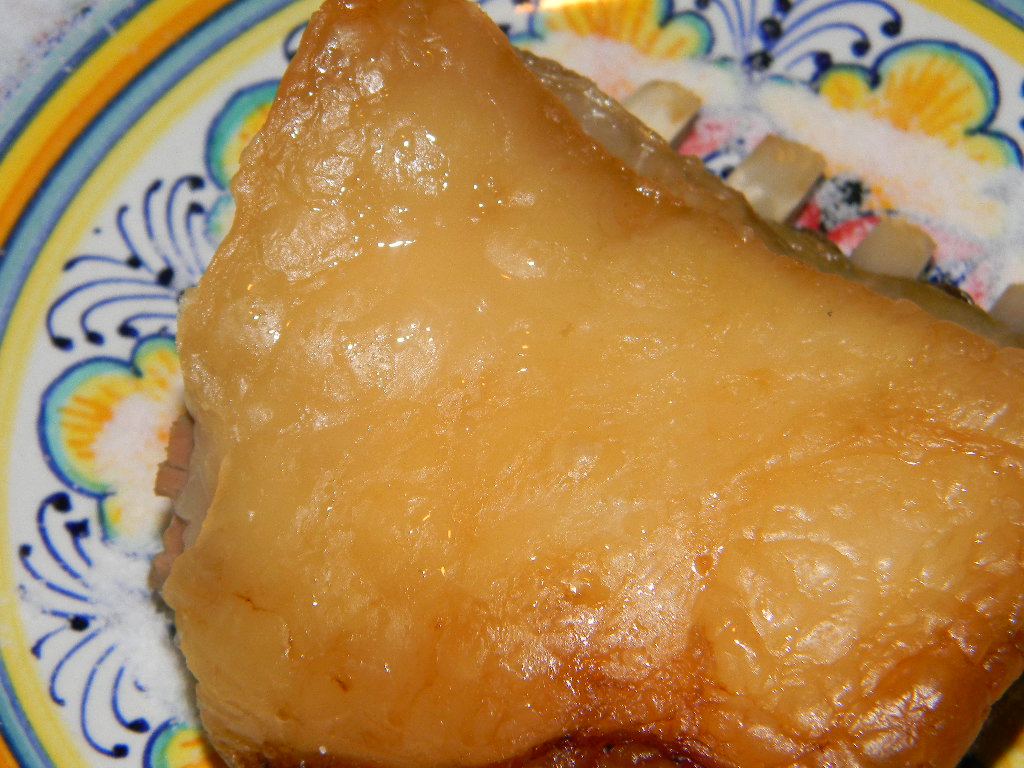Although it is not necessary to track calories while following a zero carb ketogenic diet, I do also follow calorie restriction for therapeutic purposes. So I track my calories.
The first step in tracking calories is to weigh all the foods that are eaten. If you eat foods on the bone, you can remove the bone first, or weigh it with the bone then subtract the weight of the bone after you have eaten. The problem with the second way is that you might accidentally eat too much without realizing it!
I use a kitchen scale with a tare feature to automatically subtract the weight of your plate, and I measure in grams.
The next step is to enter the weight of the food in a tracking program. I use Cronometer, but there are many tracking programs available.
It can be tricky to select the right entry! There can often be multiple options available for the same type of food. So what you should enter will depend on the amount of fat and carbs in the item.
In Cronometer, there is a color pie chart graphic that shows the fats/proteins/carbs in the food. That is a good indicator if you are choosing the best option for your actual food item. For example, if it shows carbs in it, that is not a good choice, because with plain, unseasoned meat, there should not be any added carbs.
Also if it shows a very high protein amount and little fat, but you can see plenty of fat in your food, then you should look for a different entry option. Your food will have a much higher calorie density because of the fat.
One especially tricky one for me lately has been my homemade beefheart jerky. I cannot enter it as just beef heart, since that does not seem to add up to the right amount calorically. All of the jerky listed in Cronometer has added carbs. But mine only has salt. Also, I leave the attached fat on the meat, but the commercial jerky does not have that. So I have been using a dried beef option and also inputting tallow to include the attached fat. It is not perfect, since it is not showing the correct vitamins for beefheart, which is incredibly high in vitamins. But the calories at least seem to be a little closer that way!
The idea with calorie restriction is to try to do about 20% lower than baseline, using calorie restriction calculators. This is kind of the same as the Confucian principle of Hara Hachi Bun Me, only eating to 80% full. It is a healthy philosophy to follow. And I can kind of feel when I get to that point, if I listen to my body. I know when I go for that extra bite that it is a little too much!
If one keeps the fat to protein at around 70% fat calories to 30% protein calories, then one can easily follow that Hara Hachi Bun Me principle without feeling hungry, which is great!
 |
Grassfed lamb shank with sea salt
|


Comments
Post a Comment